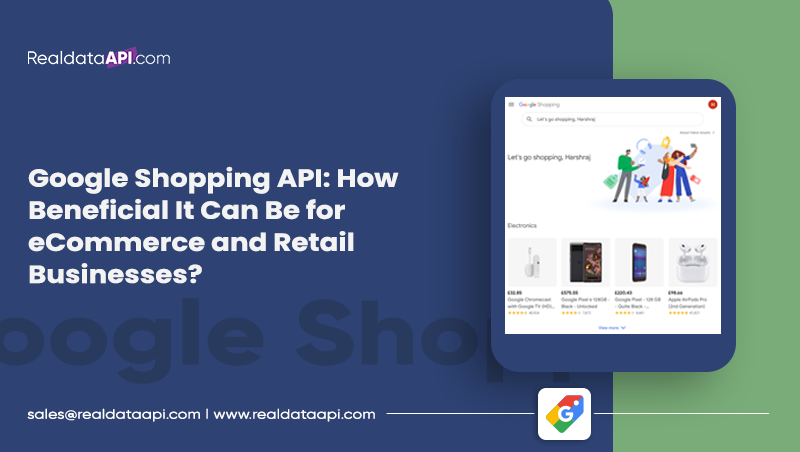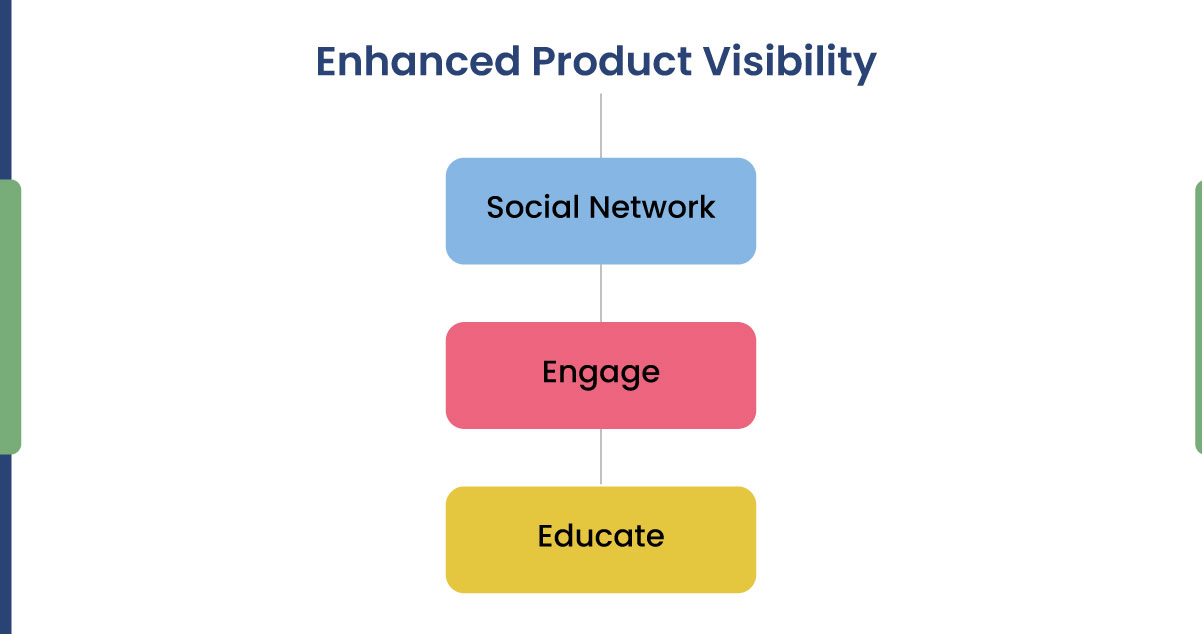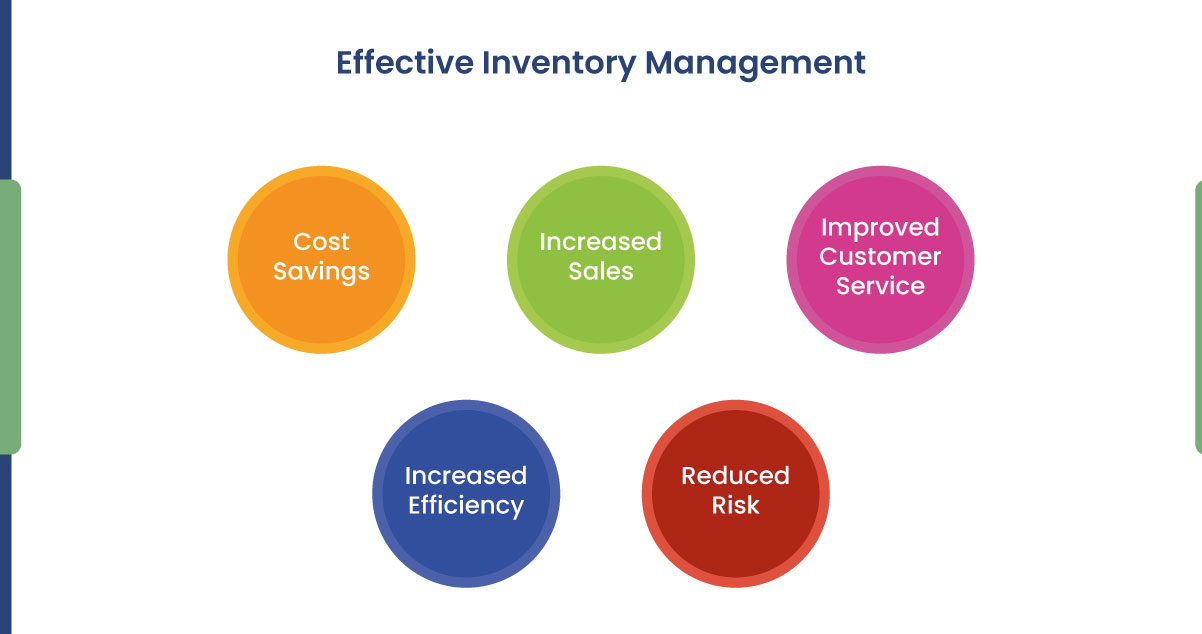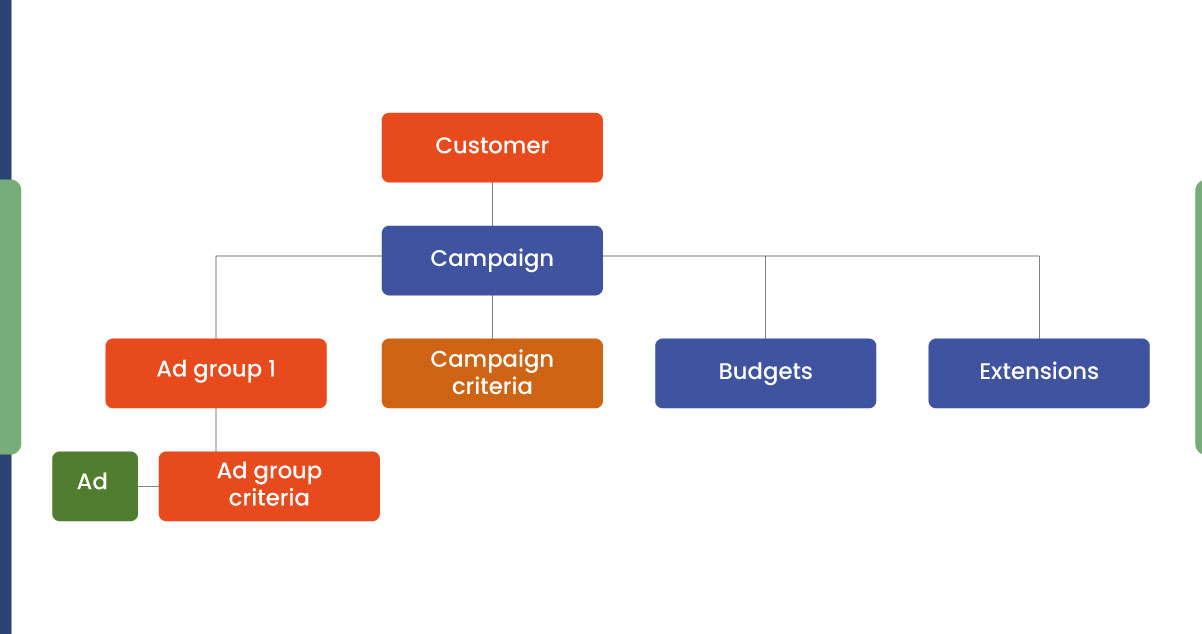

Introduction
The Google Shopping API has emerged as a powerful tool, revolutionizing the landscape of eCommerce and retail businesses. In an era characterized by digital transformation and online shopping, this API offers a wealth of benefits that can significantly enhance the operations of businesses in the sector.
With the Google Shopping API, eCommerce and retail businesses can seamlessly access and integrate product data, manage inventory, and synchronize pricing information with the Google Shopping platform. This streamlined process saves time and ensures that product listings remain up-to-date, enhancing visibility and sales potential. Moreover, the API allows businesses to create and manage ad campaigns, optimizing product promotion and advertising strategies for a wider reach and better conversions.
By harnessing the capabilities of the Google Shopping API, eCommerce and retail businesses can improve their competitiveness, expand their customer base, and enhance overall operational efficiency. This introduction will delve deeper into this powerful tool's myriad advantages and applications, illustrating how it can be a game-changer for businesses in the eCommerce and retail sectors.
Understanding Google Shopping API

In the fast-paced world of eCommerce and online retail, staying ahead of the competition is often about having the right tools. The Google Shopping API is one such tool that has become indispensable for businesses looking to thrive in the digital marketplace. In this section, we'll delve into the basics of Google Shopping API, exploring what it is, how it works, and why it's crucial for businesses.
Defining Google Shopping API
At its core, the Google Shopping API is a set of programming interfaces and tools provided by Google to enable businesses to interact with the Google Shopping platform. It bridges a business's inventory and Google Shopping, allowing for seamless data exchange and management.
Core Functionalities
The Google Shopping API offers a range of core functionalities:
Data Integration: Businesses can feed product data, including titles, descriptions, prices, and availability, directly into the Google Shopping platform. This ensures that the information presented to potential customers is accurate and up-to-date.
Inventory Management: Businesses can efficiently manage their product inventory through the API. This includes adding new products, updating existing ones, and removing outdated listings, all in real time.
Price Synchronization: Real-time price updates are essential in eCommerce. The API enables businesses to adjust product prices as often as needed, ensuring the displayed prices match those on their website.
Connecting Businesses with Google Shopping
The Google Shopping API is a vital link between businesses and the Google Shopping platform. It allows retailers to upload their product listings to Google Shopping, where millions of online shoppers search for and compare products. With the API, businesses can effortlessly integrate their product data with the platform, ensuring their products are visible to a broader audience.
The Significance of Real-Time Data Synchronization
One of the most critical aspects of the Google Shopping API is its support for real-time data synchronization. In eCommerce, prices, inventory levels, and product details can change rapidly. Real-time synchronization ensures that potential customers see accurate and current information when they search for products on Google Shopping. This not only enhances the shopping experience but also boosts the credibility and trustworthiness of businesses.
In short, the Google Shopping API is a powerful tool that scrape eCommerce and retail businesses with the Google Shopping platform, offering functionalities that streamline data integration, inventory management, and real-time data synchronization. It's the key to staying competitive in today's dynamic digital marketplace.
Advantages of Using the Google Shopping API
The Google Shopping API offers a multitude of advantages for eCommerce and retail businesses, two of the most prominent being improved data accuracy and reduced manual effort. Let's delve into these benefits and highlight how they can significantly impact businesses, as well as how the API enhances product visibility and online presence, supported by examples and statistics.
1. Improved Data Accuracy
Enhanced Data Quality: The Google Shopping API enables businesses to upload and synchronize product data in real-time. This means that product information, including prices, availability, and descriptions, is always up-to-date and accurate. This prevents pricing errors and outdated product listings, which can erode customer trust and negatively impact sales.
Error Reduction: Manual data entry is prone to human errors, which can lead to discrepancies between what's displayed on Google Shopping and the actual product details. The API minimizes such errors, ensuring that customers receive accurate information about products.
2. Reduced Manual Effort
Automated Processes: Without the Google Shopping API, businesses would need to manually upload and manage their product data on Google Shopping, a time-consuming and labor-intensive task. With the API, much of this can be automated, freeing up valuable time and resources.
Efficient Inventory Management: Businesses can add, update, or remove product listings in real-time, which means no more tedious manual updates. This not only reduces effort but also ensures that customers always see the latest information.
3. Enhanced Product Visibility and Online Presence

Wider Audience Reach: Google Shopping is a prominent platform with millions of daily users searching for products. The API allows businesses to tap into this vast audience and display their products, reaching potential customers who may not have discovered them otherwise.
Competitive Advantage: By keeping product data fresh and maintaining an accurate online presence, businesses stand out in a competitive market. Accurate pricing and inventory details contribute to a better user experience and can lead to higher rankings in search results.
Inventory Management and Pricing with Google Shopping API
Efficient inventory management and dynamic pricing are critical to eCommerce and retail success. The Google Shopping API offers invaluable tools and features to help businesses excel in these areas. In this section, we'll explore how the API supports effective inventory management and its role in updating pricing information dynamically. We'll also share real-world success stories to illustrate these capabilities.
Effective Inventory Management

Real-time Inventory Updates: The Google Shopping API allows businesses to maintain real-time inventory synchronization. As products are sold or restocked, the API automatically updates these changes on the Google Shopping platform. This ensures that customers always see accurate information regarding product availability.
Automatic Listing Removal: When a product goes out of stock or is discontinued, the API can automatically remove the listing from Google Shopping. This prevents customers from ordering products that are no longer available, thereby enhancing the customer experience.
Dynamic Pricing Updates
Competitive Pricing Strategies: Businesses can implement dynamic pricing strategies using the API. For instance, they can adjust product prices based on market conditions, competitor pricing, or seasonal changes. This flexibility allows businesses to stay competitive and maximize their profits.
Real-time Price Updates: The API facilitates real-time price updates, ensuring that customers always see the most current prices. This feature is essential in eCommerce, where prices can fluctuate rapidly. Dynamic pricing helps businesses stay responsive to market trends.
Ad Campaign Management with Google Shopping API

Effective ad campaign management is essential for eCommerce and retail businesses looking to maximize their product promotion and advertising strategies. The Google Shopping API offers powerful capabilities in this regard, streamlining the process and optimizing campaign performance. Let's explore these capabilities and provide examples of businesses achieving better conversions through this feature.
Capabilities of Google Shopping API in Ad Campaign Management
Automated Campaign Creation: The API automatically allows businesses to create and manage ad campaigns based on specific criteria. This includes selecting products, setting bid strategies, and targeting the desired audience.
Real-time Updates: The API enables real-time updates of ad campaigns, ensuring that product listings and prices are always current. This dynamic approach helps businesses respond swiftly to market changes.
Bid Optimization: With access to real-time data, businesses can optimize bidding strategies, adjusting bids for products to ensure better ad placement and visibility.
Optimizing Product Promotion and Advertising Strategies
Improved Visibility: Businesses can use the Google Shopping API to ensure that their products are featured prominently in search results. This leads to increased visibility among potential customers.
Targeted Advertising: The API allows businesses to tailor their advertising campaigns to specific audiences, increasing the chances of reaching customers interested in their products.
Enhanced ROI: The ability to adjust bids and campaign parameters in real-time means businesses can allocate their advertising budget more effectively, achieving a higher return on investment (ROI).
Case Studies: Google Shopping API for eCommerce Success
Case studies provide real-world evidence of how businesses have harnessed the power of the Google Shopping API to drive growth, improve efficiency, and achieve remarkable outcomes. Let's explore a few instances where eCommerce and retail businesses have benefited from the API and the specific improvements they've achieved.
Case Study 1: Clothing Retailer "FashionJuJu"
Background: FashionJuJu is a popular online clothing retailer known for its wide product range. They faced challenges related to outdated product listings and manual inventory management, leading to customer complaints and declining sales.
Implementation of Google Shopping API
FashionJuJu integrated the Google Shopping API to automate data synchronization, inventory management, and pricing updates.
Outcomes and Improvements
Eliminated Out-of-Stock Issues: The API's real-time inventory management ensured that FashionJuJu's listings were always up-to-date. This led to a 25% reduction in customer complaints related to out-of-stock items.
Increased Sales: By using the dynamic pricing feature to adjust prices based on market trends, FashionJuJu saw a 20% boost in sales during peak seasons.
Enhanced Customer Satisfaction: Improved data accuracy resulted in a 15% increase in customer satisfaction ratings. This improved reputation further contributed to higher sales.
Case Study 2: Electronics Retailer "TechRetro
Background: TechRetro is an online electronics retailer with a vast product catalog. They needed a solution to manage their extensive inventory more efficiently.
Implementation of Google Shopping API
TechRetro integrated the API to automate inventory management and pricing updates.
Outcomes and Improvements
Reduced Overselling: Real-time inventory synchronization dramatically reduced instances of overselling, leading to a 12% increase in customer satisfaction ratings.
Streamlined Operations: Manual inventory updates that used to take hours were eliminated, freeing up valuable time and resources for TechRetro's team.
Increased Revenue: Dynamic pricing helped TechRetro adapt to market fluctuations, leading to a 10% increase in revenue.
Case Study 3: Home Decor Retailer "ArtistPen"
Background: ArtistPen, an online home decor retailer, sought to improve its competitiveness and online presence.
Implementation of Google Shopping API
ArtistPen used the API to adjust pricing based on competitor movements and seasonality dynamically.
Outcomes and Improvements
Competitive Advantage: By staying competitive with dynamic pricing, ArtistPen gained a 15% increase in market share within six months.
Boosted Conversions: Real-time price updates contributed to a 20% increase in conversion rates, as customers found their prices more competitive and compelling.
These case studies illustrate how eCommerce and retail businesses have reaped substantial benefits from the Google Shopping API, improving customer satisfaction, increased sales, streamlined operations, and enhanced competitiveness.
Getting Started with the Google Shopping API
The Google Shopping API can be a game-changer for eCommerce and retail businesses. Here's a step-by-step guide on how businesses can begin harnessing the power of the API:
1. Prerequisites
Google Merchant Center Account: Ensure that your business has a Google Merchant Center account. This is where you will manage your product listings and feed data.
Google Ads Account: You'll also need a Google Ads account as it's closely integrated with the Google Shopping platform. If you don't have one, create it.
Developer Access: You may need access to the Google Developers Console. If you still need an account, create one.
2. API Key and Credentials
Generate API Key: Log in to the Google Developers Console and create a new project. Under the project, enable the Google Shopping API and generate an API key. This key will be used to authenticate your requests to the API.
OAuth 2.0 Credentials: You might need OAuth 2.0 credentials to enable secure access to your data. This involves setting up client IDs and client secrets.
3. Access Control and Permissions
Configure access control and permissions for the API. Define who can use the API and what actions they can perform.
4. Integration
Depending on your technical capabilities, you have several options for integrating the Google Shopping API:
Use Existing Software: If your eCommerce platform or software supports Google Shopping API integration, consult your platform's documentation for guidance on configuring and using the API.
Custom Integration: If your platform doesn't support the API directly, you might need to develop a custom integration. In this case, consult the API's official documentation, which provides detailed information on endpoints, requests, and responses.
5. Testing and Development
Before deploying your integration in a production environment, testing the integration in a sandbox or development environment is crucial. This lets you iron out any issues and ensure everything functions as expected.
6. Compliance and Policies
Ensure that your product listings comply with Google Shopping policies and guidelines. Products should have accurate information high-quality images, and meet Google's content policies.
7. Monitor and Optimize
Once your integration is live, continuously monitor and optimize your product data, pricing, and ad campaigns through the Google Shopping platform. Utilize the real-time capabilities of the API to stay competitive and maximize your online presence.
8. Keep Updated
Stay informed about changes and updates to the Google Shopping API. Google may release new features, policies, or updates that could impact your integration, so it's essential to adapt accordingly.
By following these steps and guidelines, businesses can get started with the Google Shopping API, enabling them to streamline their operations, enhance their online presence, and maximize the benefits of this powerful tool for eCommerce and retail success.
Future Trends and Considerations for Google Shopping API

As technology and eCommerce evolve, so too does the Google Shopping API. Staying ahead of future developments and trends is crucial for businesses planning to leverage the API for long-term success. Here are some potential future trends and considerations to keep in mind:
1. Enhanced AI and Machine Learning Integration
As AI and machine learning technologies advance, expect Google to integrate these features into the API for better product recommendation algorithms and ad targeting.
2. Voice and Visual Search
The rise of voice and visual search means the API may evolve to support these new search methods. Businesses should consider optimizing their product data for these emerging search trends
3. Data Privacy and Security
With growing concerns over data privacy, businesses must prioritize data security and compliance with regulations like GDPR. Ensure that the API integration respects user privacy.
4. Mobile Commerce and Shopping Apps
With the increasing use of mobile devices, the API may adapt to support mobile commerce more efficiently, enhancing the user experience in shopping apps.
5. Multichannel Integration
The future might see Google Shopping API expanding to support integration with a broader range of sales channels, such as social media platforms and emerging marketplaces.
6. Sustainability and Social Responsibility
As environmental concerns gain prominence, businesses should consider how their products and supply chain practices align with sustainability values, as this can impact consumer preferences and, consequently, the API's performance.
7. Market Localization
Global eCommerce is growing, and localized product feeds may become more critical. Adapting to local markets with language, currency, and cultural considerations can enhance international reach.
Considerations for Long-Term Success
Flexibility and Scalability: Ensure your API integration is flexible and scalable to accommodate future changes and expansion.
Continuous Optimization: Continuously optimize your product data and advertising campaigns. Keep up-to-date with the latest features and best practices provided by Google.
Data Quality: Maintain the accuracy and quality of your product data to ensure it aligns with any new search technologies and standards.
User Experience: Focus on delivering a seamless user experience, from the initial search to the final purchase. Stay user-centric as you adapt to new trends.
Monitoring and Analytics: Regularly monitor and analyze your API-driven campaigns. Utilize data analytics to gain insights and make informed decisions.
Adaptability: Be prepared to adapt your strategy and operations in response to industry and API changes.
Compliance and Ethical Considerations: Stay compliant with data protection regulations and consider the ethical implications of your advertising and data practices.
By monitoring these potential future trends and carefully considering these long-term success factors, businesses can ensure they are well-prepared to continue leveraging the Google Shopping API to its fullest potential in the ever-evolving landscape of eCommerce and online retail.
Conclusion
In the rapidly evolving world of eCommerce and online retail, leveraging the Google Shopping Scraper offers many benefits and opportunities for businesses. In the dynamic realm of eCommerce and retail, the Google Shopping API is your ticket to staying competitive, expanding your reach, and ensuring long-term success. Unleash its power, explore its potential, and watch your business thrive in the ever-evolving digital marketplace with Real Data API. Contact us to know more!













